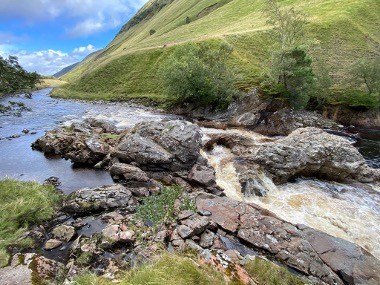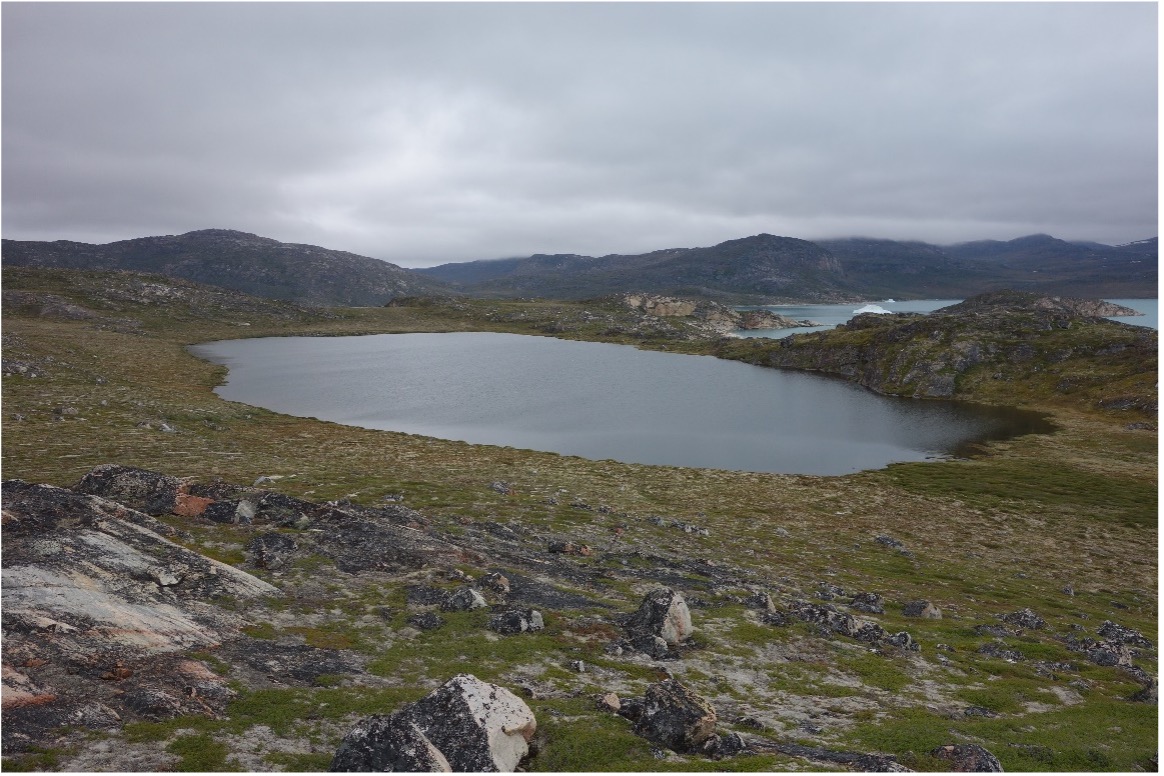Geography Available Research Project
In search of the threshold of Scottish post-glacial landscape rejuvenation
Project overview
The legacy of past glaciation can persist in landscapes for thousands of years, leaving landscapes locked in a state of disequilibrium with present-day climate. This is often most notable in tectonically inactive landscapes, such as Scotland, where valley and river morphologies are instead more reflective of extreme conditions that prevailed during deglaciation (e.g., meltwater-driven sediment transport). Many of these rivers are characterised by a coarse sediment lag, formed by the transport and deposition of very coarse sediment during deglaciation when flow conditions were more extreme, which now protects the underlying bedrock from being eroded. This inhibits river channels and adjacent hillslopes from evolving in response to changing climate and flow regimes. However, with sufficient changes in peak river discharges associated with climate change, there is potential that this coarse sediment lag could remobilise and allow incision of the river network and adjacent hillslopes to recommence. Potential research questions could include:
- What flow conditions are required to remobilise coarse sediment deposits in postglacial rivers in Scotland?
- How do postglacial river channel and valley metrics vary from areas that have not been glaciated?
- What controls patterns of river bed sediment cover in postglacial landscapes?
It is anticipated that these questions would be addressed through a combination of fieldwork (sediment grain size, grain shape analysis, geomorphological mapping), topographic analysis, and/or numerical modelling (flow hydraulics/sediment transport). Depending on when the student is available to start, there is also the opportunity to be involved in Optically Stimulated Luminescence (OSL) sample collection.
If you are interested in this project, please contact the project supervisors:
Dr. Lizzie Dingle (elizabeth.dingle@durham.ac.uk)
Dr. Fiona Clubb (fiona.clubb@durham.ac.uk)
Prof. Rebecca Hodge (rebecca.hodge@durham.ac.uk)
Key references
Granger, D. E., Riebe, C. S., Kirchner, J. W., & Finkel, R. C. (2001). Modulation of erosion on steep granitic slopes by boulder armoring, as revealed by cosmogenic 26Al and 10Be. Earth and Planetary Science Letters, 186(2), 269-281.
Mason, R. J., & Polvi, L. E. (2023). Unravelling fluvial versus glacial legacy controls on boulder‐bed river geomorphology for semi‐alluvial rivers in Fennoscandia. Earth Surface Processes and Landforms, 48(14), 2900-2919.
Hobley, D. E., Sinclair, H. D., & Cowie, P. A. (2010). Processes, rates, and time scales of fluvial response in an ancient postglacial landscape of the northwest Indian Himalaya. Bulletin, 122(9-10), 1569-1584.

Example of a Scottish post-glacial river (River Tilt) where bed sediment cover is spatially variable around bedrock features such as waterfalls.
Available Research Projects
See all of the currently available research projects that are recruiting students.
Research Masters
Our Research Masters provides an opportunity to develop your research expertise and advanced skills. Pursue your own top or collaborate on a project designed by a supervisor in our world-leading research environment.
Contact Us
Founded in 1928, the Department of Geography at Durham University is one of the leading centres of geographical research and education in the world.
Department of Geography
Postgraduate Study
Durham University
Lower Mountjoy
South Road, Durham
DH1 3LE, UK
Tel: +44 (0)191 33418000


/prod01/prodbucket01/media/durham-university/departments-/geography/Matt_Couchmann-3872X1296.JPG)




